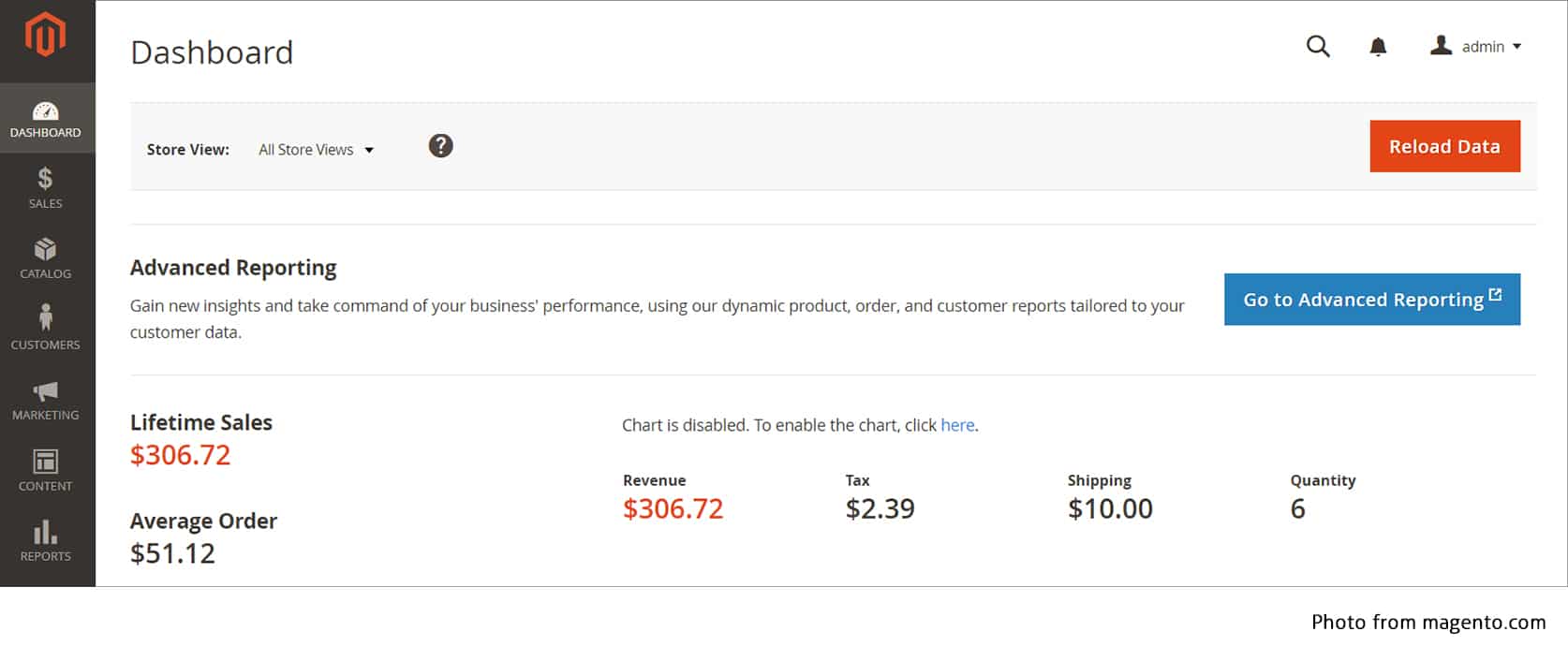Approximately one in 10 eCommerce sites are powered by Magento, the eCommerce platform that was purchased by Adobe for $1.7bn last year. While the original Magento 1 is still a highly functional and powerful platform, the launch of Magento 2 means that many website owners have been left wondering whether migrating to the new version is worth the effort.
This is especially worth consideration because templates and plugins cannot be migrated over, so it will usually require considerable time and effort. Many developers have reported a buggy migration experience, and have said that it is not only necessary to perform repeated tests, but also to perform multiple migrations before getting the desired result.
On the other hand, support for the original platform is coming to an end next year, and the latest iteration does have a lot more features to offer to the user. What’s more, many of the complaints of difficult transitions came during the early years of the second generation of the eCommerce software. Version 2 was released in 2015, so there has been a lot of time to perfect the process.
Why Magento 2 was necessary
Although the original Magento platform remains one of the most popular eCommerce platforms available and it was an exceptional piece of software that outperformed its rivals when it first launched, it hasn’t been without its problems.
eCommerce sites could be slow to load, the admin user interface was difficult to use for all but the most tech-savvy, and it didn’t offer native responsiveness. In short, the experience could be a lot better, and many recent competitors were offering more advanced features. Magento 2 was launched in response to this fact, and it has seriously upped the quality of what was still considered one of the best options for eCommerce store owners.
Why upgrade?
There are a lot of good reasons to consider a move to the later incarnation of the platform:
Better performance
A Magento 2 migration offers 20% improved website performance. This kind of speed improvement is especially important when considering large eCommerce stores that can hold several thousand products. If your e-store loads slowly, it will drive at least some of your traffic away and to your competitors’ websites.
This improvement is achieved primarily through full page caching, reducing server load while increasing page load time. User experience is improved, and you should, over time, see an improvement to your SEO rankings as well.

Improved admin UI
One of the biggest complaints of the original was that the admin interface was very difficult to understand, navigate, and use, for those without advanced technological skills. The average user struggled to do almost anything on the platform. It has become easier to sort products using the new grid view, and if you can use Excel, you will be able to effectively use the new user interface too.
2 stage checkout process
The new checkout has also been improved. Rather than the original six-step process, which was arduous for all but the most patient and determined buyer, eCommerce stores built on the new system can offer a two-stage checkout process.
One of the goals of running a successful eCommerce store is to remove any barriers to buying that might exist. The more barriers we put in front of customers, the more opportunities there are for them to abandon their shopping cart and potentially go elsewhere. While there are other factors to consider, ease of checkout is an important one.
Responsive design, out of the box
The majority of people now use mobile devices to access the web, make purchases, and search for information. Even Google has implemented a mobile-first indexing policy, so it is critical to your eCommerce success that your website is responsive. A responsive design means that your site will display properly and perform well on devices of all types and sizes.
The original Magento software was not responsive out of the box, and it took the use of professional Magento developers for most websites to get close to this level of usability. Magento 2 is responsive, so it will help attract mobile users to your store.
Support ending
Many of the arguments for and against migrating will be moot come June next year. This is when support for the original software comes to an end. While it will still be possible to run websites on the software, if you have any problems or if any bugs are found in the software, they won’t be fixed, and updates will not be released.

The potential pitfalls of migration
There are a lot of good reasons to migrate from the first version to the second, but developers have reported that the process can be tricky and long-winded. It requires careful planning and you will need to use professional Magento developers to ensure the best possible transition.
Themes and plugins won’t migrate
Migration has been described as basically building the site from the ground up again, especially because themes and templates cannot be migrated to Magento 2. There are plenty of themes and plugins already available and, in a lot of cases, if it was available with the first platform, there is an equivalent version available for the second platform, but it will take more work than simply migrating and letting the software do the work for you.
Future upgrades
Magento has been bought by Adobe, and it is possible that this will mean greater integration with Adobe cloud hosting and other SaaS services, although for now, it remains standalone software. However, what is likely is that versions 3, 4, 5 and later will become available, so upgrading now means that you are preparing yourself for a life of software upgrades.
Development costs
Migrating is no simple task, and it is not something that the average eCommerce store owner will be able to easily undertake. It is possible that there will be some downtime during the migration, too, so you will have to plan everything to ensure that disruption is kept to an absolute minimum. Using professional Magento developers will ensure that the transition is as seamless as possible, but this might not be an option for eCommerce stores that are operating with no developmental budget.
Newbird is a New York-based team of professional Magento developers. We can ensure that your website migration goes as seamlessly as possible, provide you with an effective, intuitive, and user-friendly eCommerce store, and we offer competitive prices on all work we undertake. Contact us with any questions you have about Magento 2, migrating from an older installation, or the development of your eCommerce store.




